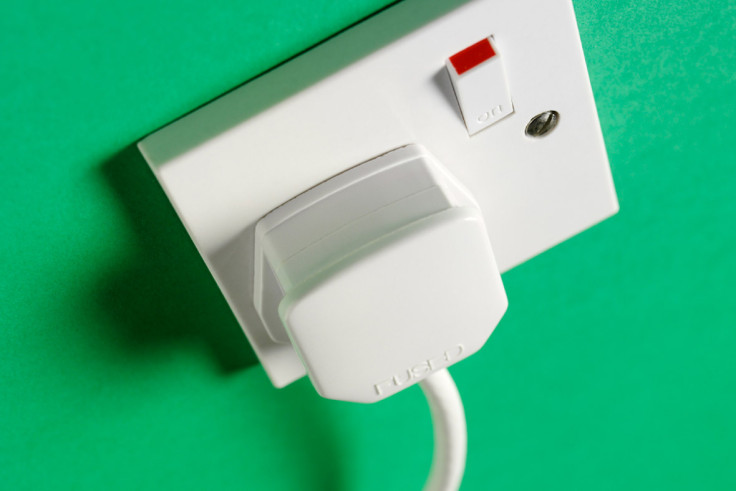Power to the people - the blockchain's consumer energy revolution begins in New York

The energy industry took a giant step towards a consumer-run future today (Monday April 11) when New York start-up TransActive Grid enabled the first ever peer-to-peer paid transaction of energy in the USA.
Transactive Grid is a joint venture between Ethereum-based blockchain development studio ConsenSys and L03 Energy. It creates a "microgrid" where residents can buy and sell renewable energy. Once rolled out on a bigger scale, the concept could radically change how energy is bought and sold.
TransActive Grid co-founder Lawrence Orsini said in a statement: "Today's transaction of local environmental attributes was a huge moment for the energy industry.
"This is a necessary evolution to the energy markets. People want more choice in where and who they get energy from – and buying energy from neighbours in your community will soon be the best way to do it.
"This is only made possible in the US because of progressive changes in policy and the engagement of the progressive utility companies, who see their place in the future of distributed energy. We look forward to working with both to see that future"
The historic transaction saw Eric Frumin, long time Brooklyn resident and social justice activist, sell excess renewably generated energy directly to former ENERGY STAR program manager Bob Sauchelli.
It was the first proof of concept for the new microgrid, in which computer controlled energy measurement systems are installed in private houses and linked into a community to allow people to create, buy and sell energy to each other.
Sauchelli said: "I'm very excited to be part of this evolution of the energy markets. I look forward to supporting my neighbours in their investment of green energy by being their customer in the future."
Frumin added: "Rooftop solar power is affordable today. We need to make it easier for environmentally conscious homeowners to raise the money they need to install solar on their homes as quickly as possible."
Decentralising energy
Output from home-based energy systems such as solar, wind and battery storage is becoming an increasingly important part of the national energy supply chain. TransActive Grid hopes the simple and cost effective platform will encourage more consumers to generate their own energy through renewable sources, reducing the reliance on fossil fuels.
By using blockchain technology - something originally created to run the bitcoin currency – TransActive Grid makes it possible to count up and log every unit of energy created by one of these home systems.
Special software called "smart contracts" then makes those units of energy available on the open market to be bought and sold in the local community, with the transactions going in the near term through PayPal.
Users will soon define their energy requirements – choosing exactly where they buy from – or to make things even simpler the process can be automated through a hands-off self-securing control system.
Joseph Lubin, co-founder of TransActive Grid, said: "The electric power industry is decentralizing globally due to cheap photovoltaics and raised consumer and regulator consciousness about the efficiency, brittleness and vulnerability of power delivery.
"But still, until now, people have never been able to upload electrons to the grid and sell them to the guy across the street.
"By creating the platform to make this happen, TransActive Grid will offer a decentralized way of trading in energy. The Brooklyn Microgrid is a proof of concept that could lead to a rearchitecting of electric grids globally."
Ready for roll out
The team at TransActive Grid involves everything from environmental specialists to expert programmers and the project has drawn interest from some of the world's biggest technology and media companies. The infrastructure is ready for rollout and once the Brooklyn grid proves the concept, it could start a revolution.
Jacob Paulsen, a project programmer, said: "I cannot think of a more impactful and worthwhile project I've had the pleasure to work on. This could have an impact on an entire generation."
Creating a simple user interface and usability is one of the key elements the team at TransActive Grid is focusing on during this development phase. By combining complex back-end software with familiar front-end systems such as PayPal, the aim is make it easier for people to rapidly adopt the new technology.
Christian Lundkvist, CTO of TransActive Grid, said: "Blockchain and smart contract technology is a natural fit for the energy sector, with unrivalled robustness, auditability and cyber security."
Eva Shon, the company's UX Designer, added: "By allowing solar owners to become energy providers for their community this will create transparent, decentralized marketplaces for energy with very low transaction fees."
© Copyright IBTimes 2025. All rights reserved.






















